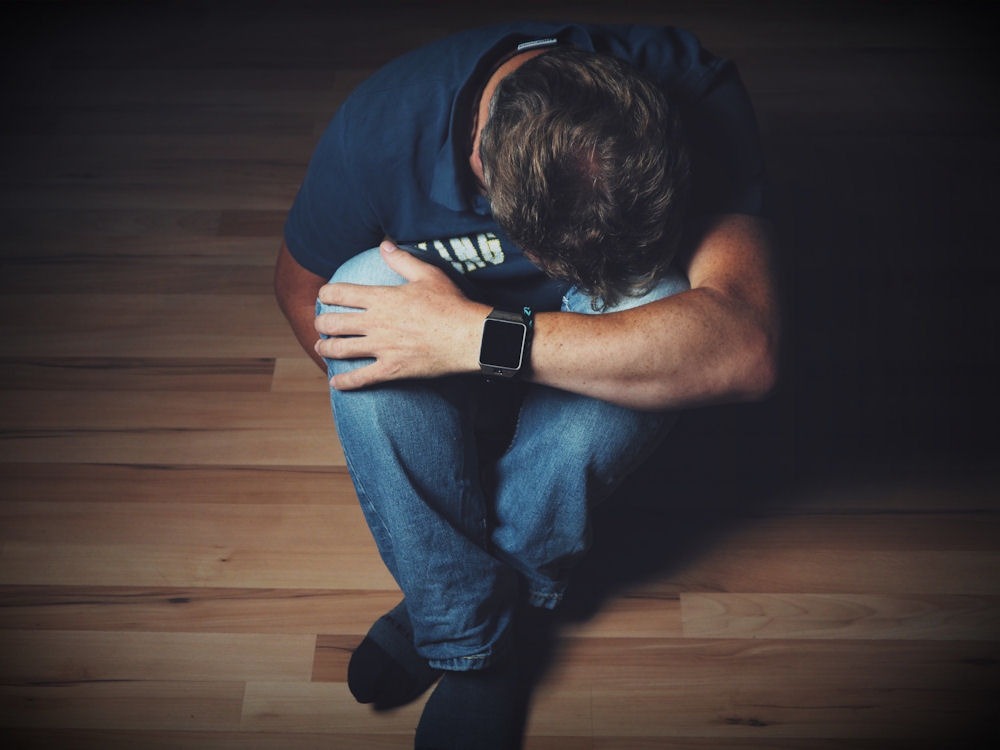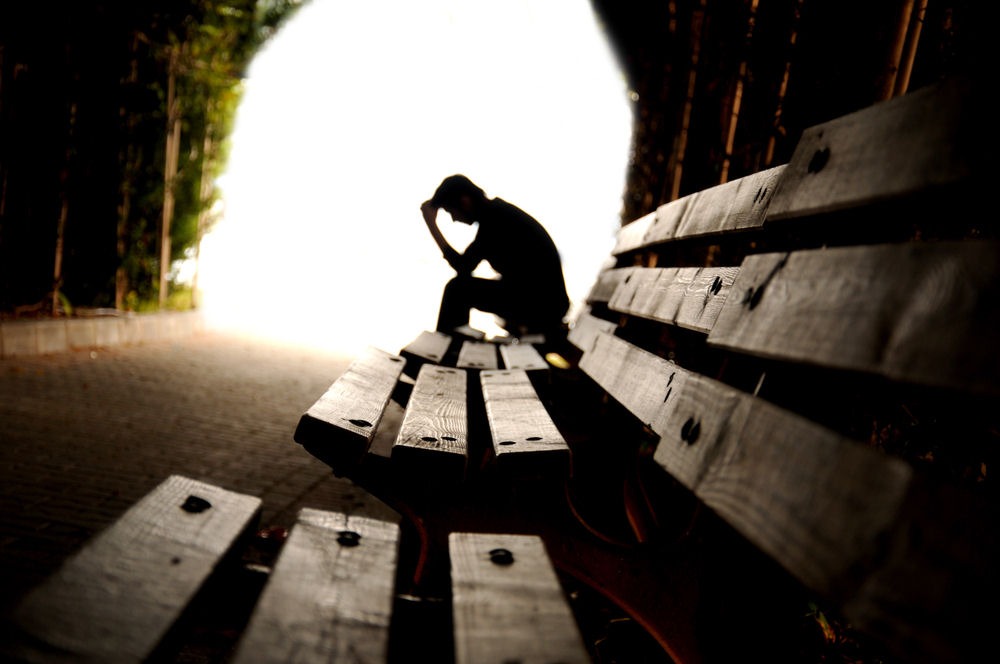The Relationship Between Addiction and Homelessness
Substance use and homelessness are closely connected in a cycle that’s hard to escape. For some people, addiction leads to losing a job, home, or relationships, pushing them into homelessness. For others, the stress and trauma of being homeless can lead to substance use as a way to cope. Studies show that as many as two out of three homeless people struggle with addiction at some point in their lives, making this a widespread issue.
Behind these numbers are real people facing tough situations, often without enough help. Broken family ties, shame, and lack of trust can leave them with nowhere to turn. Shelters and hospitals see this struggle every day, proving that solutions must tackle both housing and addiction together. The correct level of support and understanding makes recovery possible.
At Immersive Recovery in Encinitas, California, we treat men suffering from alcohol addiction and find the tools and resources they need to cope with their challenges more effectively.
Does Substance Use Lead To Homelessness, Or Is It The Other Way Around?
It’s easy to assume that drug or alcohol abuse is what pushes people onto the streets, but the truth isn’t that simple. For some, addiction starts first and leads to job loss, broken relationships, and eventually, nowhere to go. For others, homelessness comes first. Losing stability, facing constant stress, and struggling with mental health can make substances feel like the only escape.
Addiction and Homelessness: How Are They Connected?

Addiction can take over a person’s life in ways that make keeping a stable home nearly impossible. It doesn’t happen overnight, but the effects build up until there’s nowhere left to go. Here’s how addiction and homelessness are connected:
- Losing a Job: When addiction starts interfering with work, showing up late, missing shifts, or struggling to focus can lead to getting fired. Without a steady paycheck, rent becomes harder to pay.
- Burning Through Savings: Substance use isn’t cheap. Money that once covered bills, groceries, and rent gets spent on feeding the addiction. Eventually, there’s nothing left to fall back on.
- Strained Relationships: Friends and family might try to help at first, but addiction can lead to broken trust, arguments, and distance. When support runs out, so do the options for a place to stay.
- Eviction and Unpaid Rent: Landlords don’t wait forever. Once payments stop, eviction notices follow. Without another place lined up, the streets can become the only option.
- Legal Trouble: Getting arrested for possession, DUIs, or theft can make it even harder to find housing later. A criminal record limits job opportunities and rental approvals, making recovery even tougher.
Not everyone struggling with addiction ends up homeless, but for many, it’s a slippery slope. Once housing is lost, getting back on track becomes even harder without the right support.
How Do Trauma And Mental Health Play Into The Addiction Cycle?
Homelessness, addiction, and mental health struggles are often connected. Trauma from the past or ongoing mental health issues can push someone toward substance use, which then makes it even harder to keep stable housing. It’s a cycle that feeds itself, making it feel impossible to escape. Here’s how it plays out:
- Unhealed Trauma: Abuse, neglect, violence, or loss can leave deep emotional wounds. Without support or therapy, substances can become a way to cope with the pain.
- Mental Health Struggles: Anxiety, depression, PTSD, and other conditions make daily life harder. Without treatment, some turn to drugs or alcohol to numb the symptoms, leading to addiction.
- Barriers to Help: Medication and therapy aren’t always easy to get. Insurance, long wait times, and judgment from others make it tough to find real support. Without treatment, the cycle continues.
- Losing Stability: Mental health struggles can make it harder to hold down a job, pay rent, or manage responsibilities. When support systems fall apart, homelessness becomes more likely.
- Using to Survive: Once on the streets, the stress, danger, and uncertainty can make substance use feel necessary just to get through the day. The more it happens, the harder it is to break free.
What Drugs Are Commonly Abused Among The Homeless Population?
Substance abuse is a significant concern among people experiencing homelessness, with certain substances being more prevalent in this community. Here’s a rundown of the most commonly misused substances:
- The most frequently abused substance among homeless people, alcohol dependency poses serious health risks and can impede efforts to secure stable housing.
- Use of methamphetamines is notably common within the homeless community, leading to severe physical and mental health issues.
- Opioids (including heroin and prescription painkillers). Opioid misuse is prevalent and carries a high risk of overdose, contributing to numerous fatalities among homeless populations.
- Cocaine (including crack). Cocaine use, particularly in its crack form, is widespread among homeless people, leading to various health complications.
- Synthetic Cannabinoids (e.g., Spice). These substances are sometimes used due to their low cost and availability, but they can cause unpredictable and dangerous effects.
What Role Does The War On Drugs Play In Keeping People On The Streets?
The War on Drugs has had unintended consequences that contribute to homelessness. Here’s how:
- Housing Restrictions. Policies from the War on Drugs have led to laws that exclude people with drug convictions from public housing, pushing many into homelessness.
- Public Assistance Barriers. Drug-related convictions can disqualify people from receiving public benefits, removing essential support that could help them maintain stable housing.
- Criminal Records Hindering Employment. A drug conviction can make finding a job difficult, limit income, and increase the risk of homelessness.
- Disproportionate Impact on Marginalized Communities. The War on Drugs has disproportionately affected marginalized communities, exacerbating existing inequalities and increasing homelessness rates within these groups.
Can Harm Reduction Strategies Make A Real Difference?

Harm reduction strategies aim to minimize the negative consequences associated with drug use, offering practical solutions that prioritize health and safety. Here’s how these approaches can create a meaningful impact:
- Preventing Overdoses: Distributing naloxone, a medication that can reverse opioid overdoses, has been instrumental in saving lives within communities affected by substance use.
- Reducing Disease Transmission: Providing access to clean needles through syringe services programs helps decrease the spread of blood-borne infections like HIV and hepatitis among people who inject drugs.
- Enhancing Treatment Engagement: Harm reduction approaches, such as offering opioid substitution therapies like methadone or buprenorphine, can stabilize people and serve as a bridge to more comprehensive addiction treatment when they are ready.
- Promoting Safer Practices: Educating people on safer drug use techniques and providing resources like fentanyl test strips empower them to make informed decisions, reducing the risk of accidental overdoses.
- Addressing Social Determinants: By acknowledging and mitigating factors such as poverty and discrimination, harm reduction strategies contribute to a more equitable approach to addiction and mental health care.
What Are The Barriers To Treatment?
Seeking treatment for substance use disorders can be daunting, especially for people experiencing homelessness. Here are some significant obstacles they often face:
- Financial Constraints: Accessing quality treatment programs without insurance or sufficient funds becomes nearly impossible.
- Lack of Stable Housing: Many treatment facilities require a stable living situation for enrollment, which is unattainable for those without a home.
- Limited Access to Healthcare: Navigating the healthcare system is challenging without identification, transportation, or knowledge of available resources.
- Stigma and Discrimination: Fear of judgment or mistreatment can deter people from seeking help, especially when they’ve faced discrimination in the past.
- Complex Treatment Requirements: Some programs have stringent rules or abstinence policies that may not align with a person’s current situation or readiness for change.
What Addiction Treatment Resources Are Available For The Homeless Population?
- Health Care for the Homeless (HCH) Programs. Funded by the Health Resources and Services Administration (HRSA), HCH programs offer comprehensive primary care, mental health services, and substance abuse treatment tailored to people experiencing homelessness.
- Projects for Assistance in Transition from Homelessness (PATH). Administered by the Substance Abuse and Mental Health Services Administration (SAMHSA), PATH provides grants to support services for people with serious mental illnesses, including those with co-occurring substance use disorders, who are experiencing homelessness. Services include outreach, case management, and assistance in accessing housing and treatment programs.
- Community Mental Health Centers (CMHCs). CMHCs across the country offer mental health and substance abuse services, often on a sliding fee scale based on income. They provide counseling, medication management, and support groups, which can be vital for homeless people seeking recovery.
- Salvation Army Adult Rehabilitation Centers. The Salvation Army operates numerous Adult Rehabilitation Centers that offer free, long-term residential programs focusing on substance abuse recovery, work therapy, and spiritual development.
- Local Nonprofit Organizations and Shelters. Many local nonprofits and shelters offer addiction treatment services or can connect people to appropriate programs.
- Mobile Treatment Units. Some cities have introduced mobile medical units that bring substance use treatment directly to people experiencing homelessness.
Receive Addiction Treatment At Immersive Recovery

Addiction can feel isolating, but recovery is possible with the right support. Immersive Recovery in Encinitas, CA, provides men with compassionate, evidence-based treatment designed for individual needs. Our approach combines clinical care with holistic therapies. The three-phase program includes stabilization, therapeutic growth, and reintegration. This structured path guides clients from detox to independent living while addressing physical, mental, and emotional healing. Treatment options include partial hospitalization (PHP), intensive outpatient (IOP), and sober living programs.
The Immersive Recovery team understands the courage it takes to seek help. Many staff members have personal recovery experience, creating a supportive environment for healing. Specialty programs treat dual diagnosis cases and include family therapy to address co-occurring challenges. The peaceful beachside location provides a calming space for reflection and growth. For anyone ready to begin their recovery journey, contact us today, and let us offer you hope and a clear path forward.
References
https://sfch.ucsfhealth.org/news/how-common-illegal-drug-use-among-people-who-are-homeless
https://www.addictiongroup.org/resources/homelessness-statistics/
https://www.hhs.gov/programs/social-services/homelessness/programs/index.html?utm_source=chatgpt.com
https://www.samhsa.gov/communities/homelessness-programs-resources?utm_source=chatgpt.com
https://sfch.ucsfhealth.org/news/how-common-illegal-drug-use-among-people-who-are-homeless
https://www.addictiongroup.org/resources/homelessness-statistics/
https://www.hhs.gov/programs/social-services/homelessness/programs/index.html?utm_source=chatgpt.com
https://www.samhsa.gov/communities/homelessness-programs-resources?utm_source=chatgpt.com
